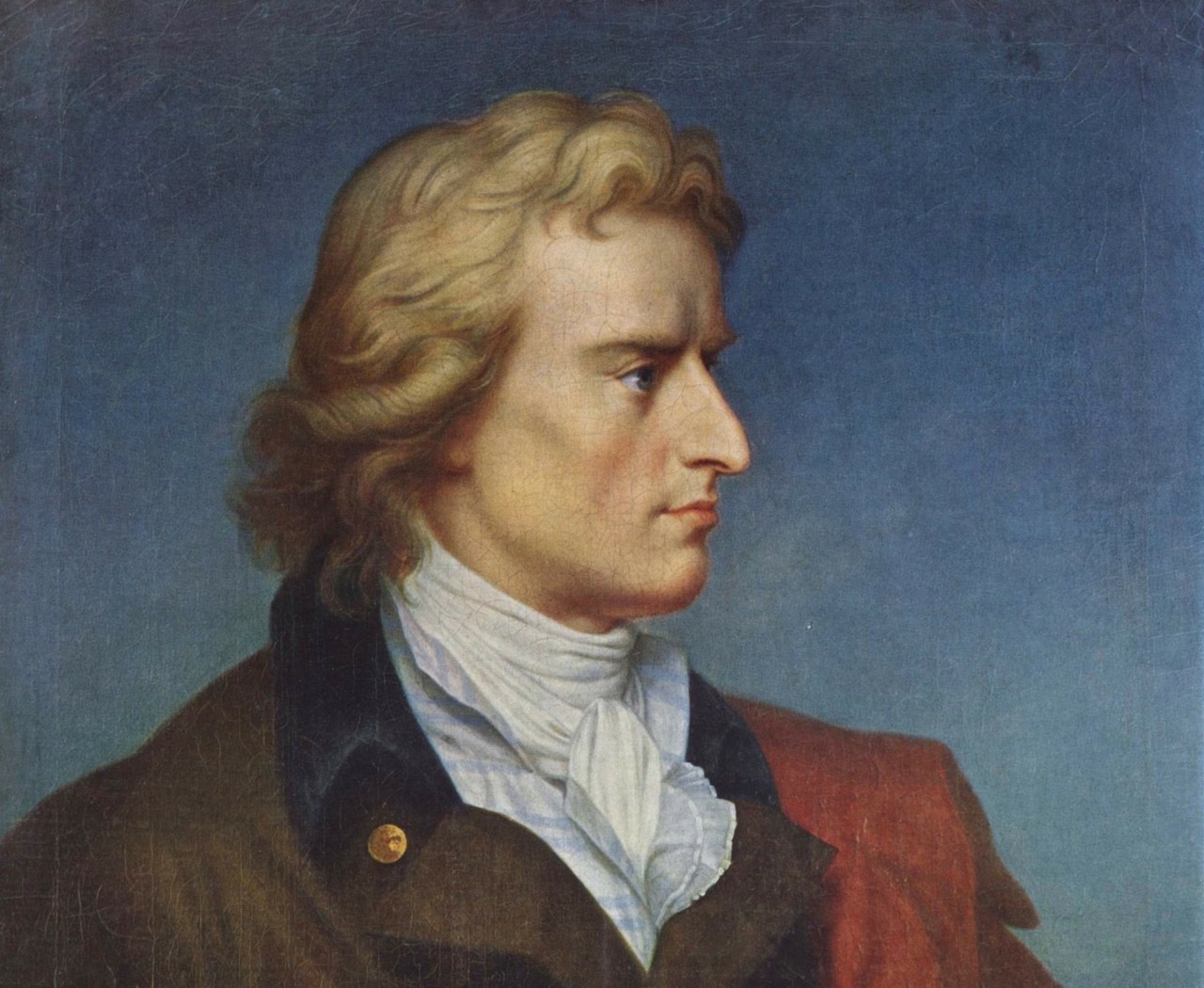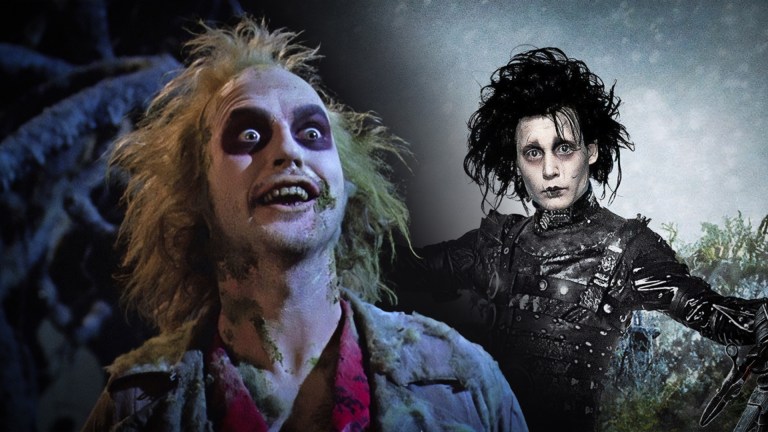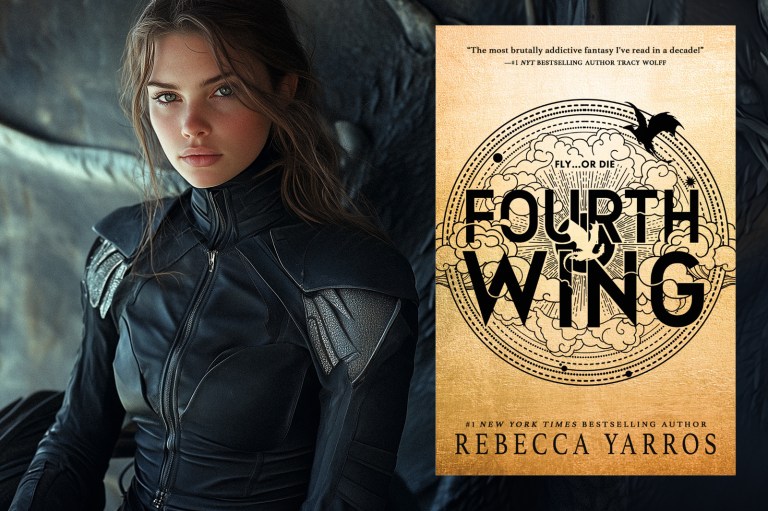
The Eccentric Habits Of 8 Classic Writers

For starters, there’s Friedrich Schiller, who could not work or live without a “bundle of rotten apples in his desk drawer.” Apparently it was the aroma, which motivated him to work.
It’s comforting, really, to learn that some of the greatest literary figures oscillated between the creative and the crazy—especially when it came to caffeine. Despite coffee being illegal at his school, Honoré de Balzac would smuggle it in anyway, often leading him into debt and, eventually, forcing him to confess. In the 1830s, he often left Paris for bits of time to go to the small town Saché, where he would stay at his friend Jean de Margonne’s house—a friend who also happened to be his mother’s lover. His working regimen was as follows: go to sleep at 10pm, wake up at 2am, begin working until late in the afternoon the following day, when he would take a couple hours for dinner. Throughout the day he only consumed toast and coffee—50 cups of coffee to be exact. His coffee of choice was strong Turkish blends and to increase its “powerful effect,” he would use less water and a finer grind. “When he felt that the effect of coffee was waning, Balzac upped his dose. And when he needed a quick fix, he chewed on raw beans.” Voltaire comes in at a close second; he was known for drinking up to forty cups of coffee a day.
Hard to imagine now, but before computers writers were especially particular about the palette of colors that went into their writing. For decades, Alexandre Dumas, père, wrote all of his fiction on “blue foolscap paper.” Poetry, on the other hand, was written on yellow paper, and articles, on pink paper.
It’s no surprise that exercise often fuels creativity. William Butler Yeats took to walking through city streets, where he was often mistaken for a wandering crazy man. According to Johnson, “The poet would barrel through city streets like a tornado. He’d wave his arms and mutter as he walked, so absorbed in musings that he lost track of the world around him.” Franz Kafka exercised while nude.
It seems if Edgar Allan Poe were around today, he’d fit perfectly in Brooklyn or, say, on a Buzzfeed list. He was obsessed with his cat, a large tabby aptly named Catterina. Catterina often “crept onto his lap,” as Poe was working or “chose a commanding spot to roost, right on his shoulder.” Later in life when Poe moved to New York with his ailing wife Virginia, his mother-in-law Clemm stayed back home with Catterina. Writing to Clemm of the delicious feasts that constantly awaited him and Virginia, Poe wrote, “I wish Kate [the cat] could see it—she would faint.”

It may come as little surprise that some of our most notable literary figures also developed some obsessions and compulsions over time. Truman Capote was one such man, who admitted to being “fantastically superstitious, I mean to the point of mania.” For instance, “he wouldn’t begin or end a piece of work on a Friday. He had an aversion to the number 13. He’d trade hotel rooms or avoid making a call if the number 13 was somehow involved. At one point, he would even jump on his thirteenth step.” He also “never let the number of cigarette butts in an ashtray exceed three (extra ones were placed in his coat pocket),” and “refused to board a plane with more than one nun.” ![]()











